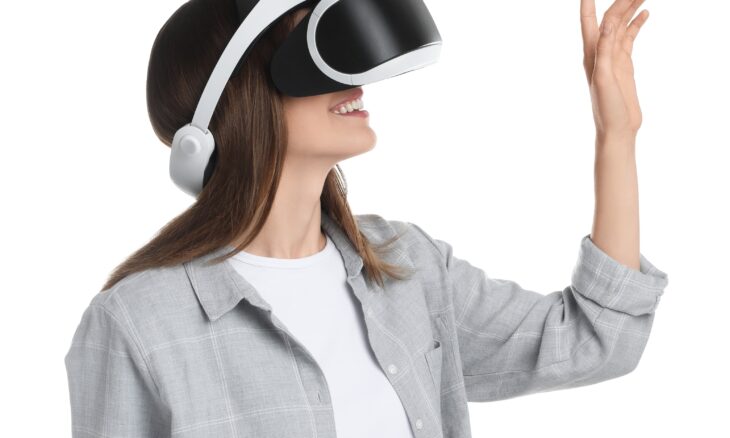Pimax Reveals Final Specs for New Micro-OLED VR Headsets
Pimax has unveiled its highly anticipated Micro-OLED headset range, a culmination of advanced technology and Innovation. The Dream Air, Crystal Super Micro-OLED headsets, and Dream Air SE are on the brink of launch, each boasting finalised specifications and enhanced performance. These devices, with their significant advancements in display quality and optical design, are set to redefine the VR experience.
The headsets, a testament to Pimax’s commitment to user experience, incorporate Micro-OLED panels alongside Pimax’s proprietary ConcaveView pancake optics. This unique combination, developed to address long-standing challenges with heat control and optical alignment, is expected to offer users sharper images, smoother visuals, and an expanded field of view compared with earlier releases, promising an unparalleled VR experience.
The Dream Air SE is positioned as an all-in-one lightweight headset that weighs less than 140 grams. It is built with 2560 × 2560 resolution per eye, supported by Micro-OLED panels that deliver clear visuals in a portable format. Integrated features include six degrees of freedom SLAM tracking, spatial audio, dynamic foveated rendering and Tobii eye-tracking. This entry-level model is priced at USD $899, aiming to provide a balance between accessibility and performance.
The Dream Air sits at the centre of the new line-up, designed as a compact flagship device. It employs Sony Micro-OLED panels to achieve 3840 × 3552 resolution per eye, combining to deliver more than 27 million pixels. With a horizontal field of view of 110° and over 120° diagonally, it offers a broad perspective while weighing under 170 grams. Pimax has structured the headset to cater to both entertainment users and professional applications, with stereo overlap fine-tuned to improve depth perception. Prices for the Dream Air begin at USD $1,999.
At the top of the range, the Crystal Super Micro-OLED stands as a testament to versatility and adaptability. With a 116° horizontal and over 128° diagonal field of view, ConcaveView optics, and Sony Micro-OLED panels, this device offers the widest field of view achieved to date on a Micro-OLED VR headset. Its modular design allows users to change optical engines, switching between ultrawide and high-clarity configurations as well as the Micro-OLED module. This flexibility empowers users to tailor their VR experience, making the Crystal Super suitable for a wide range of professional-grade applications.
Pre-orders for the three headsets are now open, with initial shipments scheduled for later this year. Customers who place early orders will receive additional items, including a premium-quality frame for prescription lenses and a copy of the simulation title “Le Mans Ultimate.” All models will also be supported by the Pimax Prime programme, which provides ongoing software improvements and after-sales service.
By setting out final specifications, confirmed pricing, and shipping timelines, Pimax has signalled its commitment to entering the Micro-OLED headset market with competitive devices aimed at both consumers and professionals. With lightweight construction, vast fields of view, and modular adaptability, the line-up is positioned to attract a broad audience, from casual VR users to simulation enthusiasts seeking high levels of visual fidelity and immersion.










